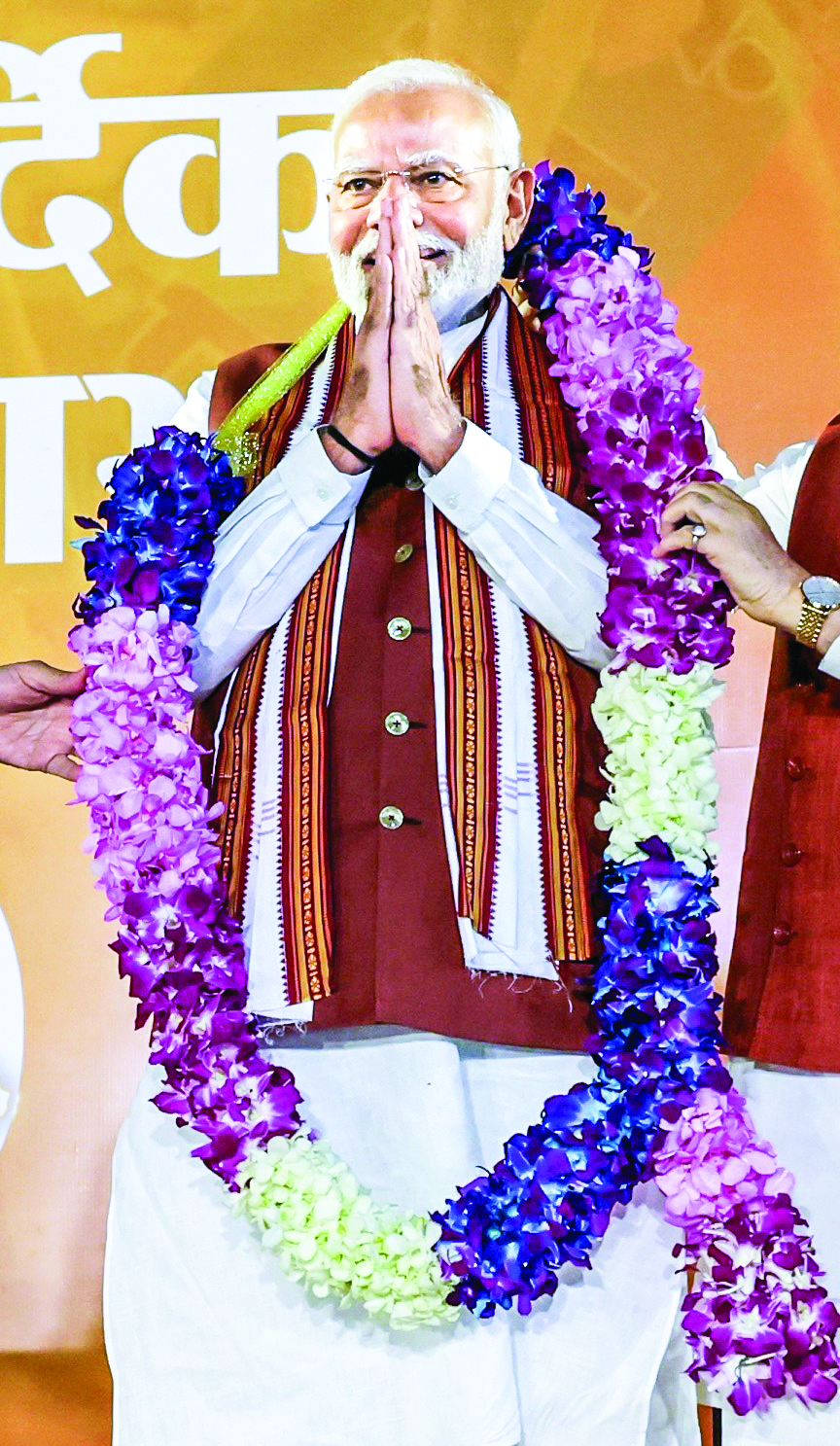Haryana is not the first state where the BJP has broken the long-held Assembly election trends.
New Delhi: With the win in Haryana, the BJP became the first political party in Haryana’s electoral history to come back to power for the third consecutive time.
This is not the first state where the BJP has broken the long-held Assembly election trends of no party being repeated in a country where incumbents typically lose elections after a single term, a development that has primarily been attributed to the concept of “anti-incumbency” that the party in power attracts.
However, what is common in all these record breaking trends is the fact that they have happened after 2014, when Prime Minister Narendra Modi came at the fore and assumed the role of the party’s face, both at the national and the state level.
Analysis of Assembly election results shows that the BJP has made this record of reversing the electoral trends at the state level post the emergence of Narendra Modi in six states.
In the 2016 Assembly elections, the BJP, for the first time, won the state by forming a coalition government in Assam, breaking Congress’s stronghold. In 2021, it was able to retain power in Assam, becoming the first party in decades to win consecutive terms in a state known for frequently changing parties in power.
In Uttar Pradesh, the party first came to power in 2017 and then again in 2022. Significantly, Uttar Pradesh, India’s most populous state, had not seen a party being re-elected for consecutive terms since 1985.
In the neighbouring Uttarakhand, the party won in 2017 and again in 2022 while defying the state’s trend of changing governments every five years.
A similar record was created by the party in Tripura, where it unseated the Left Front, which had ruled for 25 years, to win the state. In the next election held in 2023, the BJP again came back to power becoming the first party to do so in the state’s history.
The saffron party, which for long was described as a Hindi belt party, formed the government in Manipur for the first time, despite not being the largest party. It managed to form a coalition government by allying with regional parties and independent MLAs. In 2022, it defied the anti-incumbency trend by winning a majority on its own for the first time, bucking the state’s historical trend of unstable coalition governments.
In the 2017 Assembly elections of Goa, despite coming second to Congress in terms of seats, BJP formed the government by quickly securing the support of smaller parties and independents. In the 2022 elections, it came back to power again, despite strong competition from Congress and newer players like the Aam Aadmi Party (AAP).
In Arunachal Pradesh too, the BJP has won two successive elections, 2019 and 2024. However, the record lies with the Congress party which has won eight consecutive elections in the state since 1980.
In Gujarat, the home state of Pm Modi and Home Minister Amit Shah, the party has been in power since 1998, winning six successive elections. Significantly, except the 1998 polls which the BJP won under Keshubhai Patel, the rest all wins are credited by voters and observers to the attraction for Modi. Even during the 2017 polls, when the party was facing stiff anti-incumbency, it could come back to power due to Modi going to the state and doing vigorous campaigning.
There have been some notable exceptions to these record breaking trends, the prominent ones being Himachal Pradesh (where it won in 2017, lost in 2022) and Jharkhand (won in 2014, lost in 2019).
In June 2024, the BJP the first non-Congress party to win three successive general elections under Modi.

